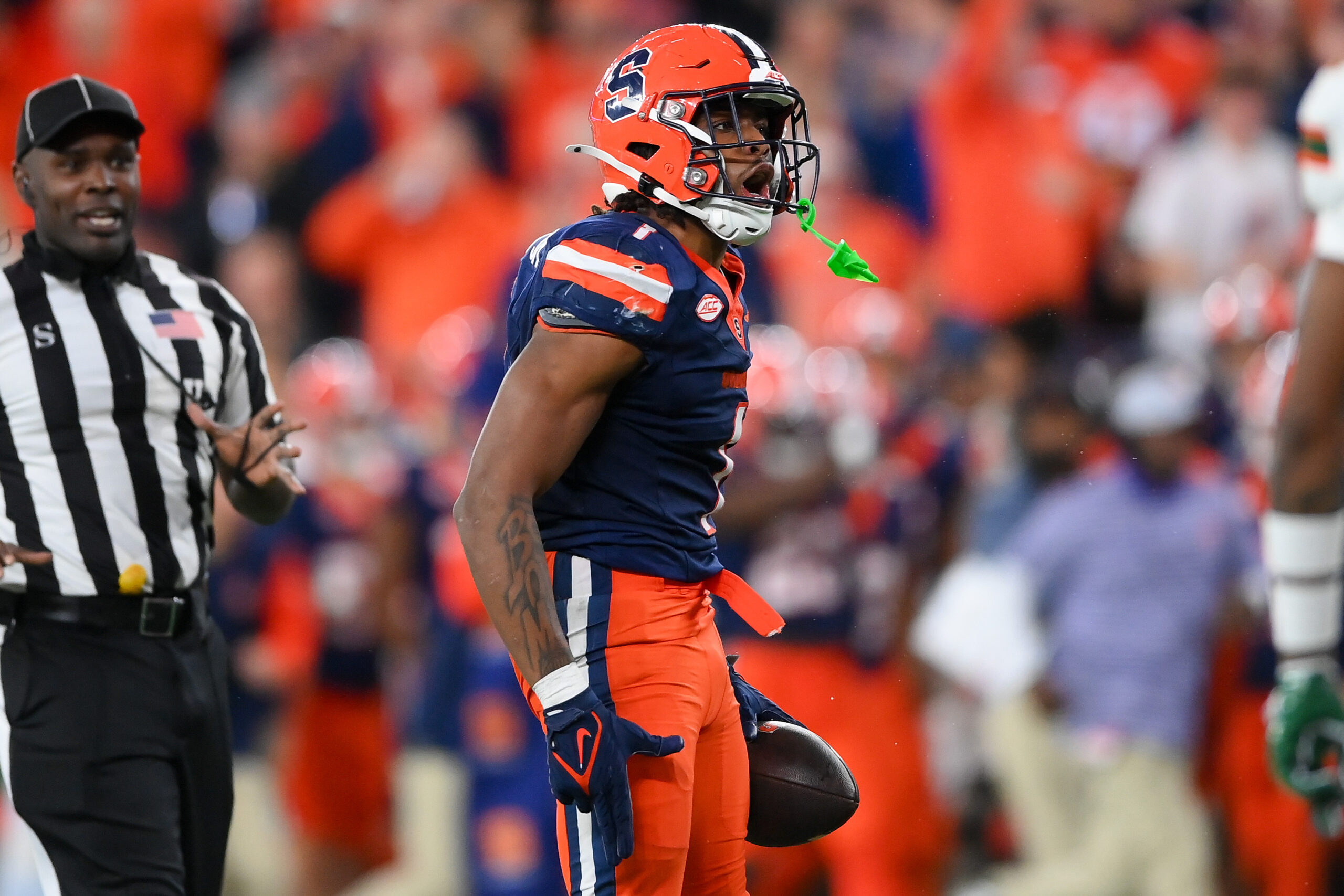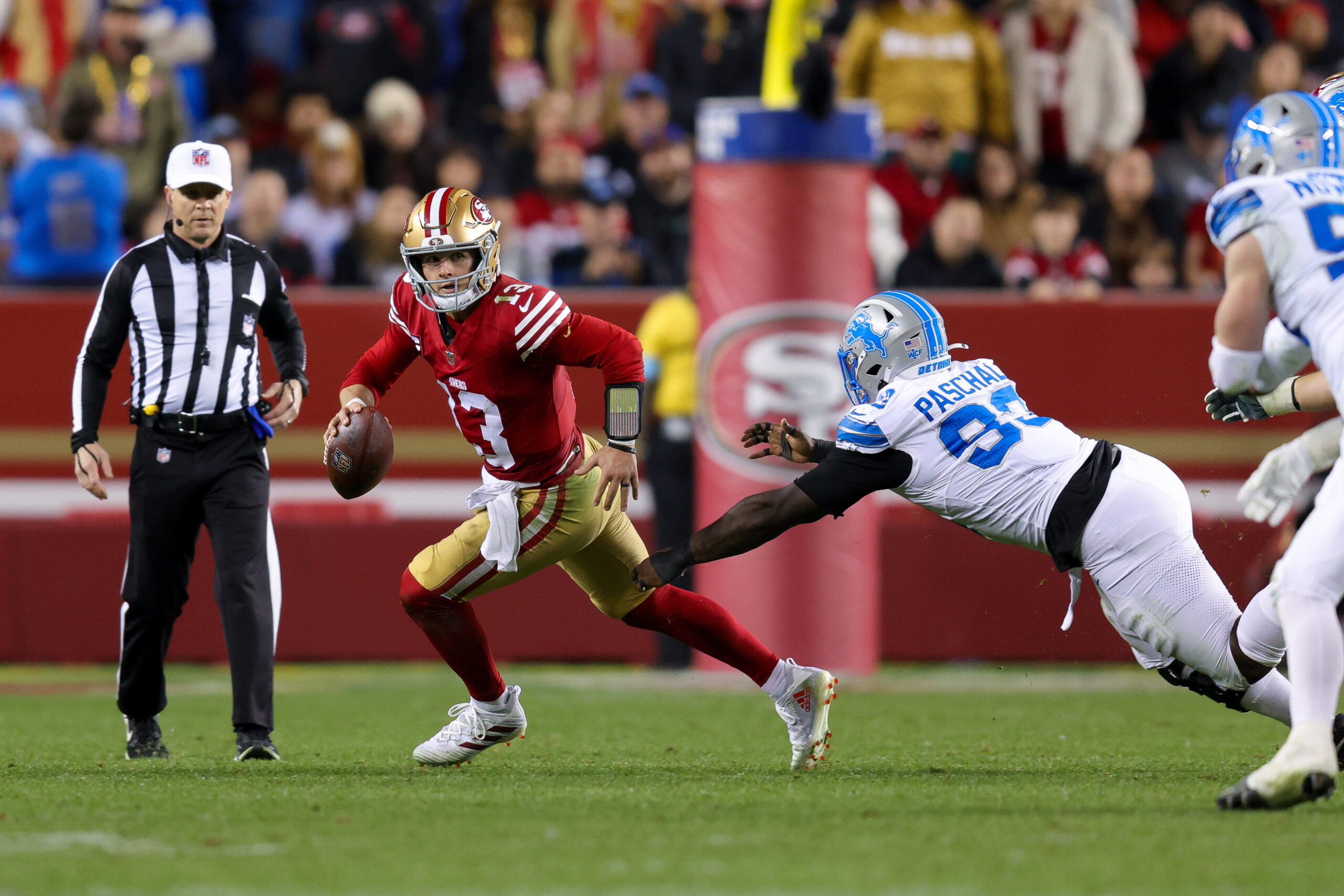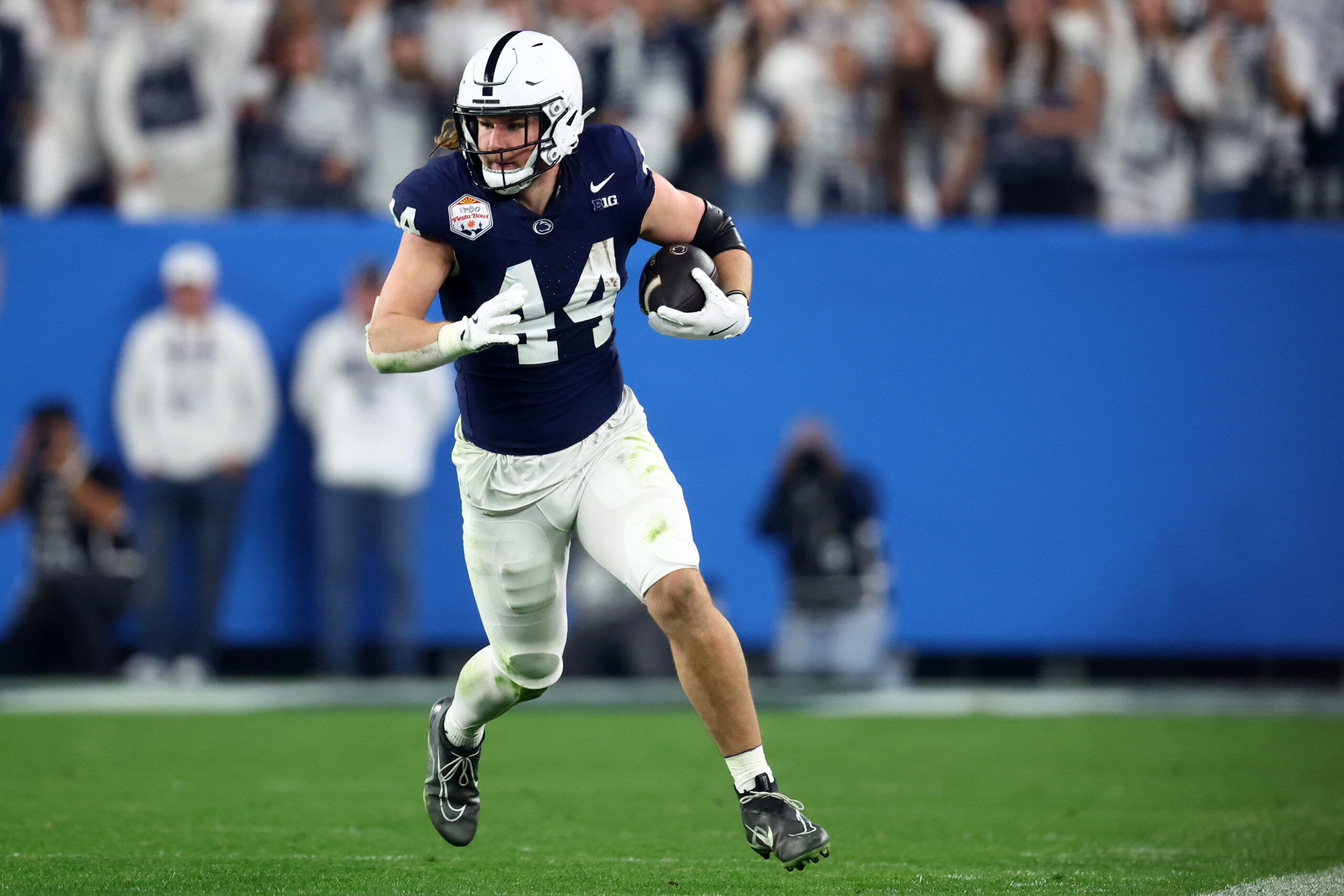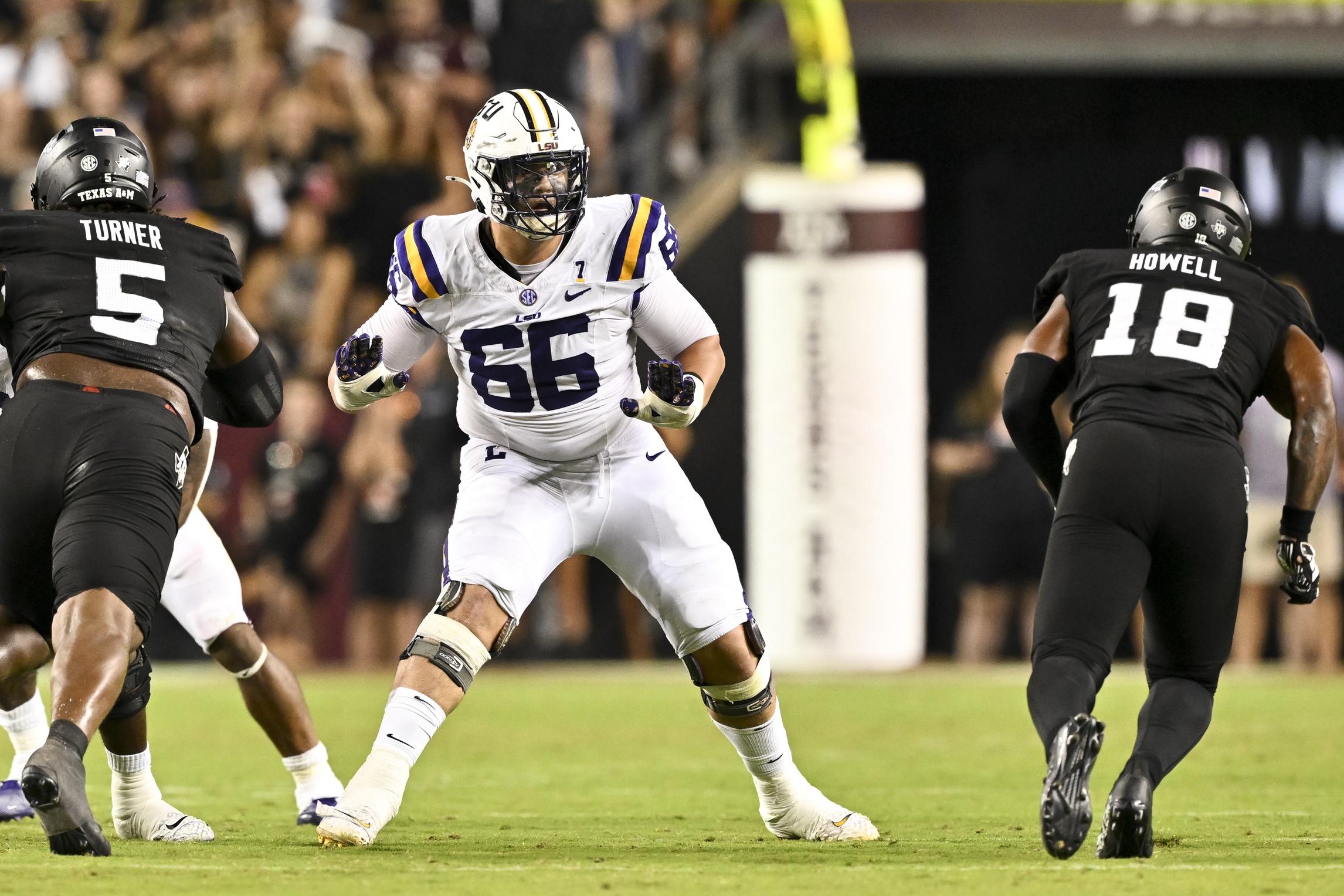NFL Analysis
1/9/24
4 min read
Ranking NFL’s Best, Worst Coaching Decisions From Week 18
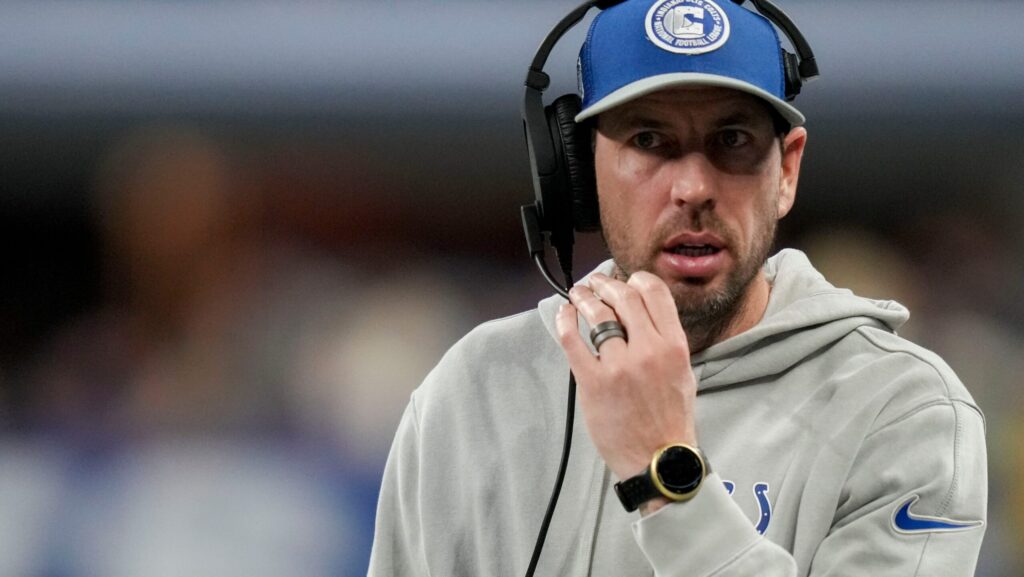
Our look at the good and the bad coaching decisions from this past week’s games is informed by metrics such as expected win probability added (xWPA).
BEST, WORST DECISIONS OF WEEK 18
Second worst: Steichen’s miracle run cut short
The situation: Colts' ball with 13:37 left in the fourth quarter, Indianapolis down by three points, fourth-and-3 at the Texans’ 16-yard line
The decision: Field goal
The result: Kick is good, Colts lose by four
In a win-or-go-home game for a division championship, the Indianapolis Colts found themselves down by a field goal on fourth-and-short in the red zone. After commending Shane Steichen in previous weeks for going for it in previous situations like this, here, Steichen decided to kick the field goal to tie the game up instead of going for the touchdown to take control of the game and, subsequently, the division.
His decision to kick the field goal cost the Colts 7.8 percentage points of xWPA and lowered their expected chance of winning from 47 percent to 39 percent.
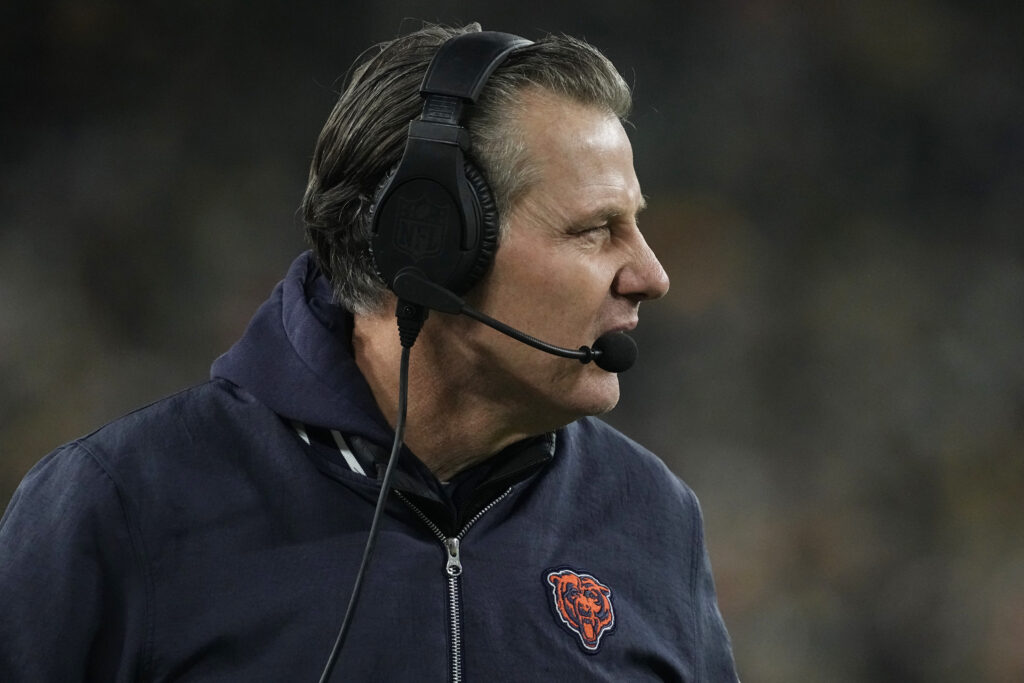
Second Best: Eberflus tries to knock out division rivals
The situation: Bears’ ball with 5:46 left in the second quarter, Chicago down by four points, fourth-and-1 from their own 43-yard line
The decision: Go for it
The result: Justin Fields rushes for the first down, and the drive ends in a field goal
In a win-and-in game for the Green Bay Packers, Chicago Bears coach Matt Eberflus decided he wanted to play spoiler and tried to send his division rival home for the season.
With the ball on Chicago's side of the field, Eberflus chose to go for it with Justin Fields on a fourth-and-short to try and keep the drive alive. Fields successfully converted, and the drive resulted in a Bears field goal to cut the lead to just one point.
Although Chicago lost this game, Eberflus did all he could to keep Green Bay out of the playoffs. The decision to go for it increased the Bears’ chance of winning from 32.9 percent to 41.3 percent, making this decision one of the most significant of the game.
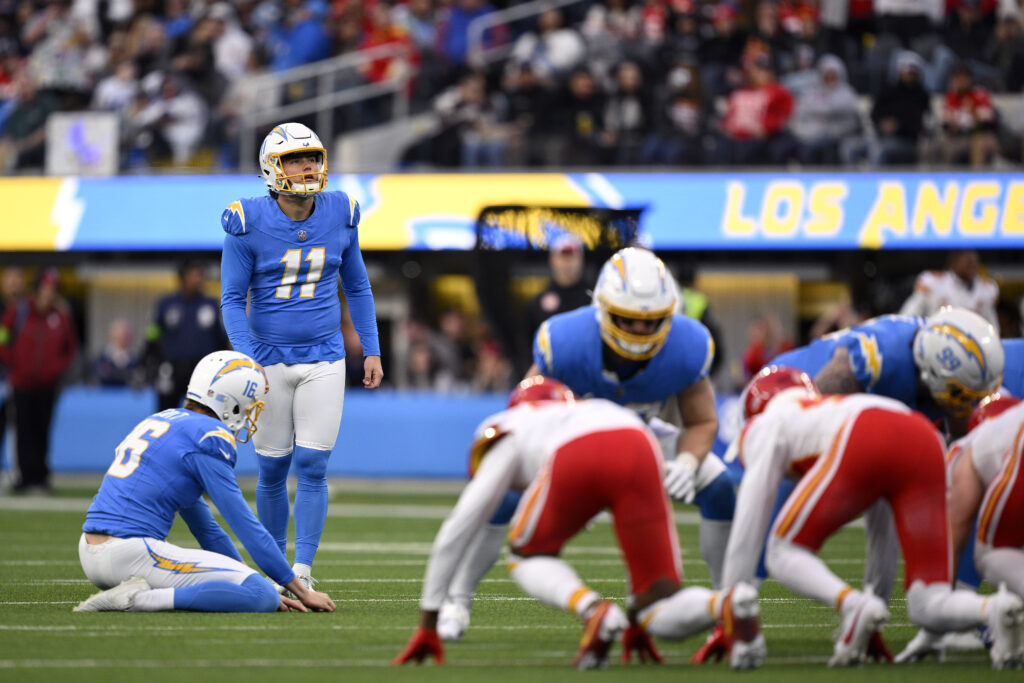
Worst: Chargers kick away chance to win
The situation: Chargers’ ball with 4:09 left in the fourth quarter, Los Angeles down by one point, fourth-and-goal at the Chiefs’ 2-yard line
The decision: Field goal
The result: Kick is good, Chargers lose by one
In the final game of the season and with nothing to lose, the Los Angeles Chargers elected to kick a field goal to go up on the Kansas City Chiefs; Los Angeles only needed two yards to score what could have been their first (and only) touchdown.
Had the Chargers gone for it on fourth down and succeeded, the Chiefs would have needed a game-winning four-minute drill drive led by backup quarterback Blaine Gabbert, who had led a stale offense up to that point. Had Los Angeles failed to convert, Kansas City would have been pinned back within its 5-yard line. And with a couple of defensive stops, the Chargers would have been in good shape to move a short way down the field to attempt the winning kick.
Instead, Los Angeles elected to kick the field goal, losing 10.6 percentage points of xWPA.
For the lead!
— Los Angeles Rams (@RamsNFL) January 7, 2024
📺 @NFLonFOX | @tutuatwell pic.twitter.com/7SclzxNsjF
Best: McVay pulls off the upset
The situation: Rams score with 5:02 left in the fourth quarter, tie the game with an extra point kick or go for the win
The decision: Go for it
The result: Carson Wentz completes a pass to Tutu Atwell for a lead-changing 2-point conversion
Trying to pull off the win for improved playoff seeding, Sean McVay made a gutsy call to go for the win late instead of tying the game. The decision to go for it could have cost the Los Angeles Rams the game, but McVay had faith in his players and backup QB Carson Wentz to get the job done.
With something to fight for in week 18, the Rams took care of business thanks to McVay and his decisions late in the game. The 2-point play sent the Rams to Detroit to take on a banged-up Lions team rather than a Dallas Cowboys team that has been lights out at home this year.
This article was written by Ryan Rubinstein.


